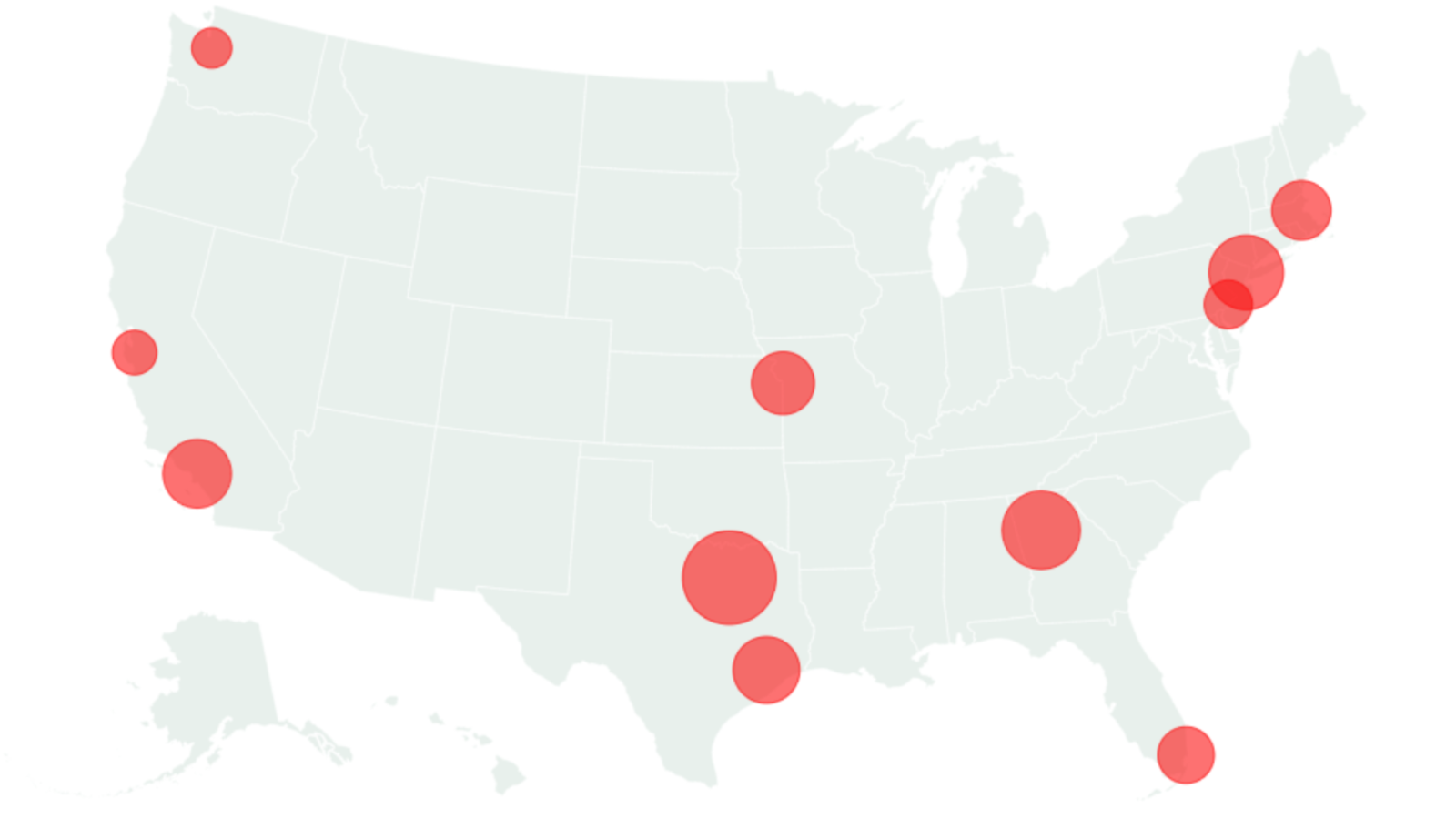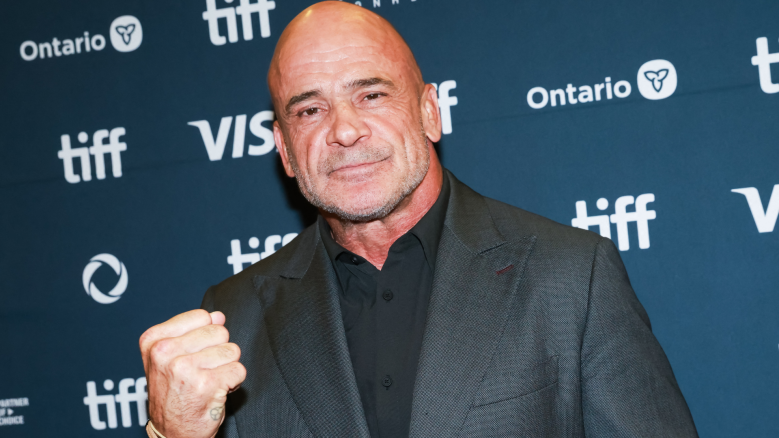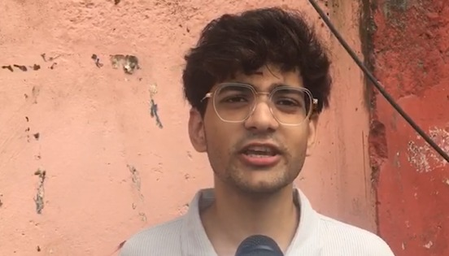By Jasmine Laws
Copyright newsweek

New data from the ticket sales website SeatPick has shown which of the 11 U.S. cities selected for hosting the FIFA World Cup next year are the best, and worst, for hosting the tournament, with Dallas coming out on top.
The findings are based on a number of factors, covering tourism, affordability and accommodation availability.
With hundreds of thousands of fans visiting from around the globe, and businesses in each of the host cities are expected to enhance infrastructure, hospitality, and entertainment ahead of the tournament.
Why It Matters
The FIFA World Cup is the world’s biggest men’s soccer tournament, taking place across three countries and 16 stadiums—the most since the 2002 World Cup in Japan and Republic of Korea. For the first time there will be 48 teams taking part.
The tournament will provide a major boost in tourism for the host cities, from a soar in hotel and restaurant bookings and transportation fees, alongside opening up additional jobs. Forecasts predict that ticket sales alone will generate more than $500 million, according to the sports analytics website topendsports.com.
What To Know
The rankings for the 2026 FIFA World Cup considered several factors, including stadium size, number of matches, hotel availability and ratings, and food and beverage prices.
Dallas emerged as the highest-ranked U.S. host city, achieving an overall index score of 84.42 out of 100 based on SeatPick’s data.
The Texas city distinguished itself with a 94,000-capacity stadium, which is set to host nine matches—the most of any U.S. location—while also providing fairly reasonable food and beverage prices.
Atlanta was ranked in second place with a score of 58.92 out of 100, with a high hotel availability, of 32.69 hotels per 100,000 residents. The city is hosting eight matches at its 75,000-seat stadium.
New York/New Jersey came in third place with a score of 53.69 out of 100 despite its limited hotel density, of 3.78 per 100,000 residents. This was offset by a high hotel quality rating, of 8 out of 10, alongside an 82,500-capacity stadium with eight matches allocated.
At the bottom end of the rankings, Seattle was placed last among the 11 U.S. hosts, achieving a score of just 15.44 out of 100. Per SeatPick’s report, the city faces challenges regarding expensive food—with the second highest pizza price at $16.27 and average beer prices at $10.93, as well as limited hotel availability.
San Francisco Bay Area was also at the bottom of the rankings, in tenth place with a score of 18.93, as it has the highest average prices for hamburgers, at $7.02, and pizza, at $17.39.
SeatPick analyzed data from the C2er Cost of Living Index in regard to food and beverage costs and data from Booking.com for hotel ratings, to score each city. Each metric was indexed, and scores were weighted to reflect overall fan experience and value.
What People Are Saying
Gilad Zilberman, CEO of SeatPick, said: “The 2026 World Cup presents a unique opportunity for American cities to showcase their facilities and hospitality on the global stage. Dallas stands out as the premier host with its massive stadium capacity and significant match allocation, offering fans excellent value and experience.
“There are stark differences in affordability across host cities. While Kansas City and Philadelphia offer good value for food and beverages, fans visiting San Francisco should prepare for significantly higher costs. These factors will play a major role in the overall fan experience during what will be the largest sporting event in history.”
What Happens Next
With the World Cup set for the summer of 2026, preparations are underway in each host city to expand capacity, secure accommodations, and address pricing concerns.



